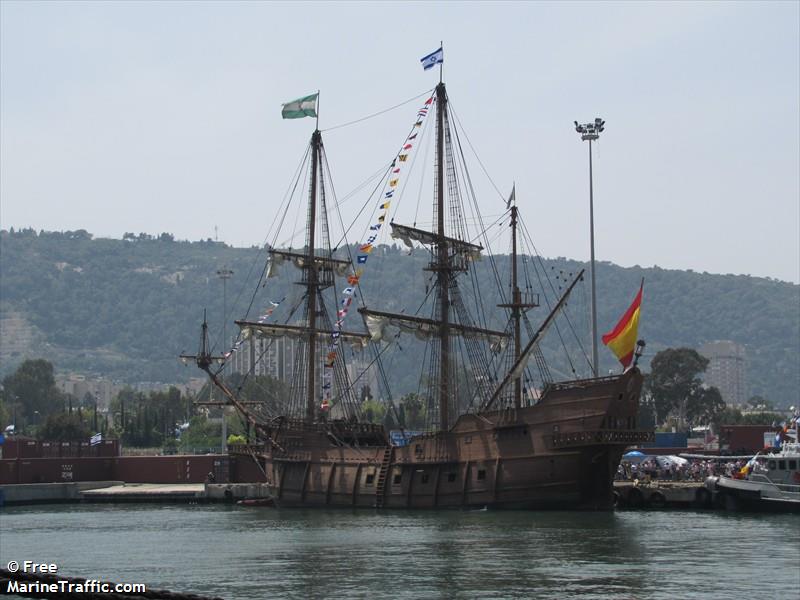Cruise ship at night - it is easy to tell what this is from its lights, but not all vessels are so readily identified. (Photo modified from Villa Serendipity, St Lucia)
Our boat doesn’t have radar.
At night, especially, we keep a good watch and have learned to identify
other boats by their lights, and to call them on VHF radio to avoid
collision. It’s counterintuitive, but
the ocean is actually easier than the Chesapeake Bay for night sailing, there’s
just less traffic to interact with. In
the Bay you are constantly alert, over the course of the night there was always
at least one set of lights somewhere in our field of vision. On the ocean you can go hours, sometimes
days, between sighting other vessels.
This happened last
week on our overnight trip up the Chesapeake Bay. It was some time after midnight and the moon
was not yet up. Dan was asleep; I was
alone on watch with the stars and my thoughts.
There wasn’t a lot to do, the autopilot was humming happily, every few
minutes I’d look carefully in all directions to make sure there were no
surprises. But even if I wasn’t keeping
watch, I’d want to look around anyway, the night was mild and pretty, stars
peeking in and out through light clouds.
So I watched. And thought. There’s nothing, nothing, like being alone at
sea, at night, for figuring out if you like yourself.
We’d passed and been passed by four of ships in the last
couple of hours. Busy night! Ahead, very small, were the lights of yet another
ship. It was too far away to be a
concern yet, but I decided to watch it to make sure we weren’t on a collision
course.
Fifteen minutes later, it was almost imperceptibly larger
and closer, and hadn’t deviated – it was still directly on our bow. I couldn’t figure out what it was based on its
lights, but if it kept getting closer and the direction didn’t change, we were
going to collide. I remembered our
training – a small reaction or course change early does as much good, and is
certainly preferable, to a big panicky change later. I tried altering course by 20 degrees, and
waited to see what would happen. Nope,
they’re still there. Okay, call them on
VHF radio and see what they’re up to.
Nope, radio silence. This is
starting to get serious. What else to
try?
Another ten minutes, they’re Still. Right. There. Bigger, weirdly-shaped, but Still. Right.
There. Time to wake Dan up, I don’t
quite understand what we’re up against, it might take two. But he didn’t have any ideas either. We continued, both of us alert now. Bright and large, it loomed closer. Until finally the mystery ship began to drift
to our left, we still didn’t know what it was, but at least we were no longer
going to crash.
As we came alongside, we finally understood – it wasn’t a
ship at all, but the lights of the nuclear plant at Calvert Cliffs. And this understanding was even more
worrisome than an unidentified ship. We
sail totally sober – always – but our thoughts were so addled, it was as though
we had had several drinks. Learning how
profoundly tiredness affected our decisionmaking was (forgive the pun) truly
eye-opening.
(Turns out, this trouble with lights at night isn’t that
unusual. We told our story to our
sailing mentors James and Ellen, who sheepishly admitted that each of them once
did almost the same thing mistaking the glow of the rising moon below the ocean
horizon for an oncoming ship.)
= = = =
Life Afloat on Facebook: http://www.facebook.com/pages/Life-Afloat/211190278933810
Official Coast Guard Navigation Rules publication, includes
the lights and shapes (skip ahead to Part C, Rules 20-31): http://www.navcen.uscg.gov/pdf/navRules/navrules.pdf




No comments:
Post a Comment